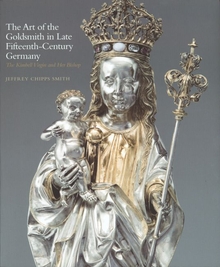Muralnomad
WARNING
You are viewing an older version of the Yalebooks website. Please visit out new website with more updated information and a better user experience: https://www.yalebooks.com
The Paradox of Wall Painting, Europe 1927-1957
Romy Golan
In this fascinating and generously illustrated book, Romy Golan explores mural and mural-like works in Europe from the 1920s to the 1950s, beginning with Monet’s installation of the Nymphéas at the Musée de l’Orangerie in Paris, and ending dramatically with Le Corbusier’s huge tapestries in Chandigarh, India.
Many artists and critics looked to the mural as a corrective to the ills of painterly Modernism: the disruption of the pictorial field at the hands of Cubism and other avant-garde practices; the commodification of painting through the market for easel paintings; and more generally the alienation of man and the anomie of art in the modern condition.
At the same time it was clear that a return to the mural format would never be more than an anachronistic and futile gesture. This book is therefore about mural paintings that are not convinced they belong on walls: such strange objects as mosaics designed to be disassembled; paintings that resemble large-scale photographs, or photomurals; and tapestries that functioned as portable woolen walls. The author argues that the uncertain relation of these objects to the wall is symptomatic of the dilemmas that troubled European art, artists, and architects during the middle decades of the twentieth century.
“Golan's text, written in refreshingly informal style, is an eminently readable combination of theory and detailed historical analysis, with a viewpoint that is consistently perceptive and frequently provocative.” —Michele C. Cone, Art in America
Publication Date: September 1, 2009
120 b/w + 40 color illus.








